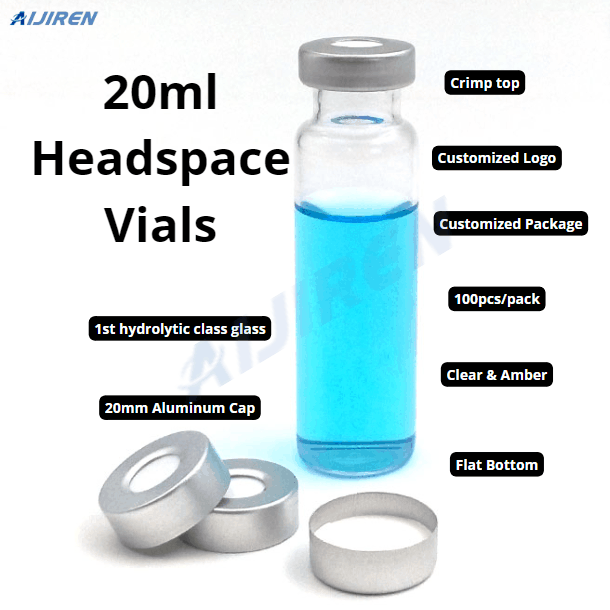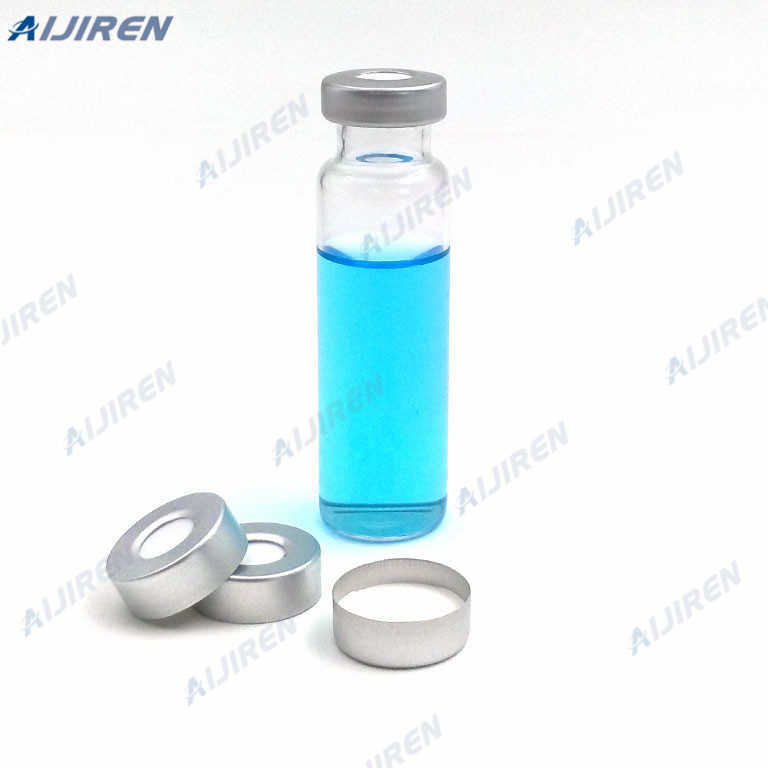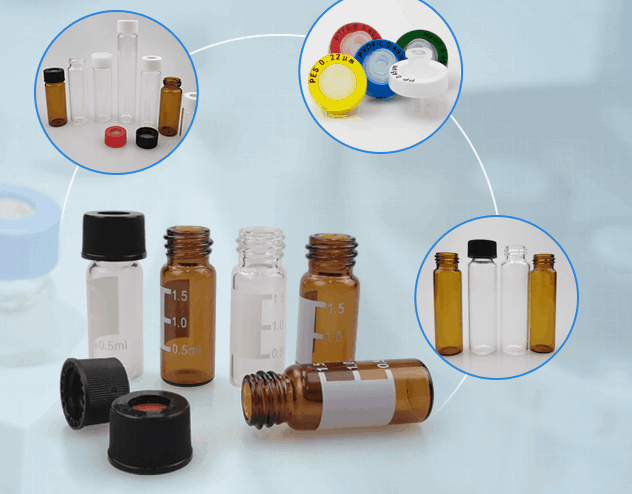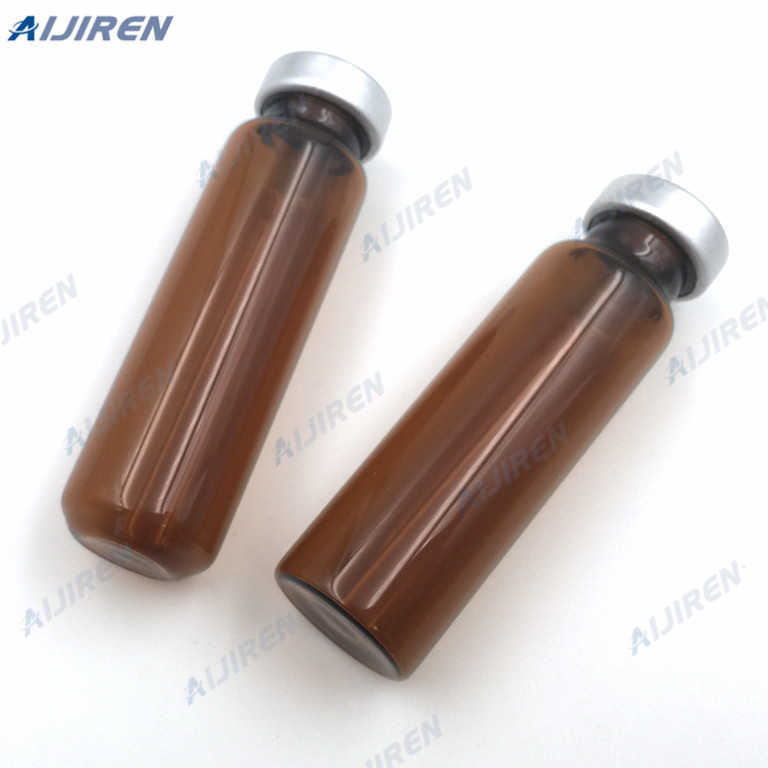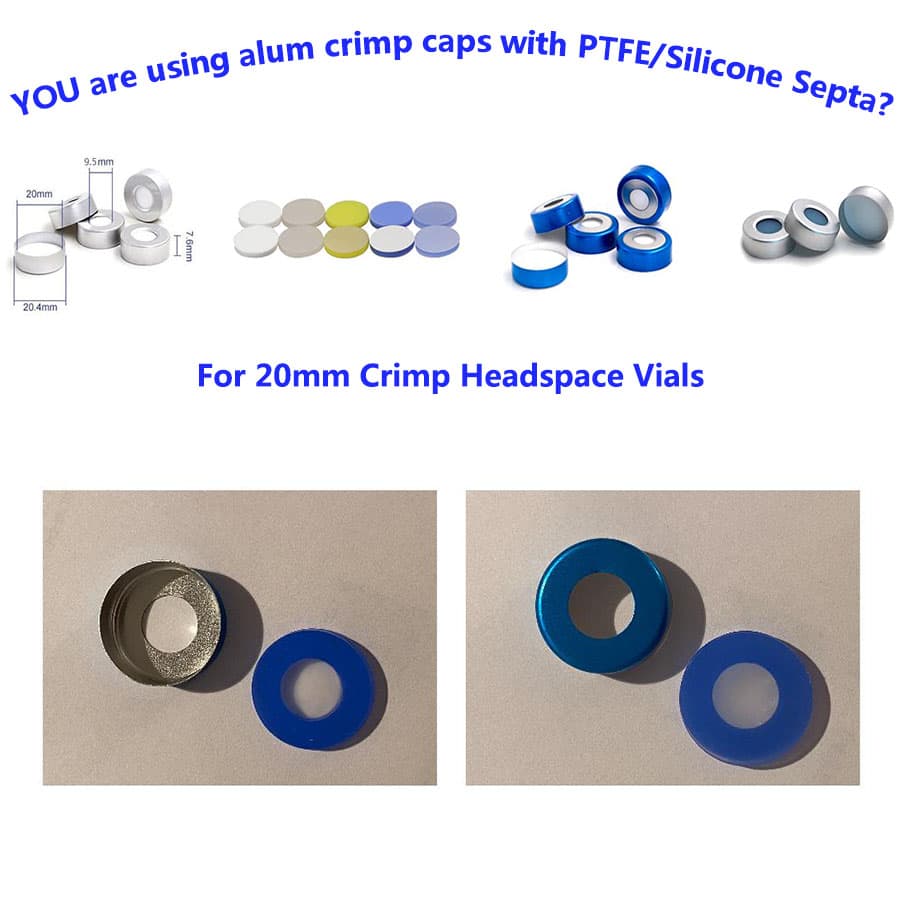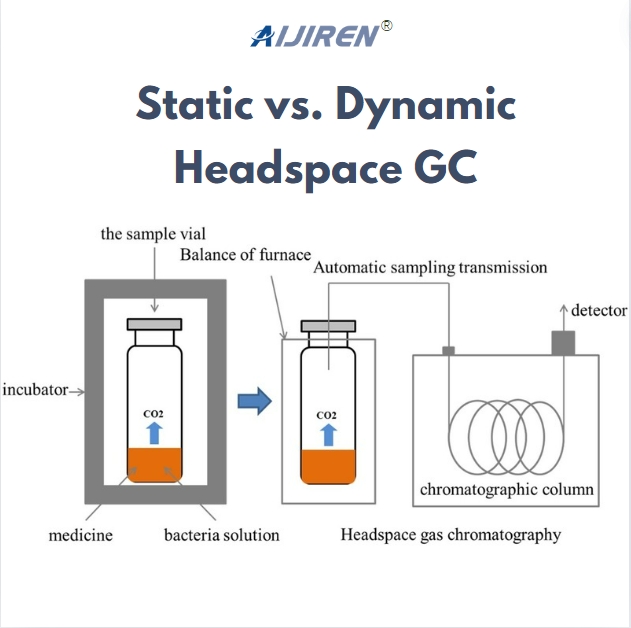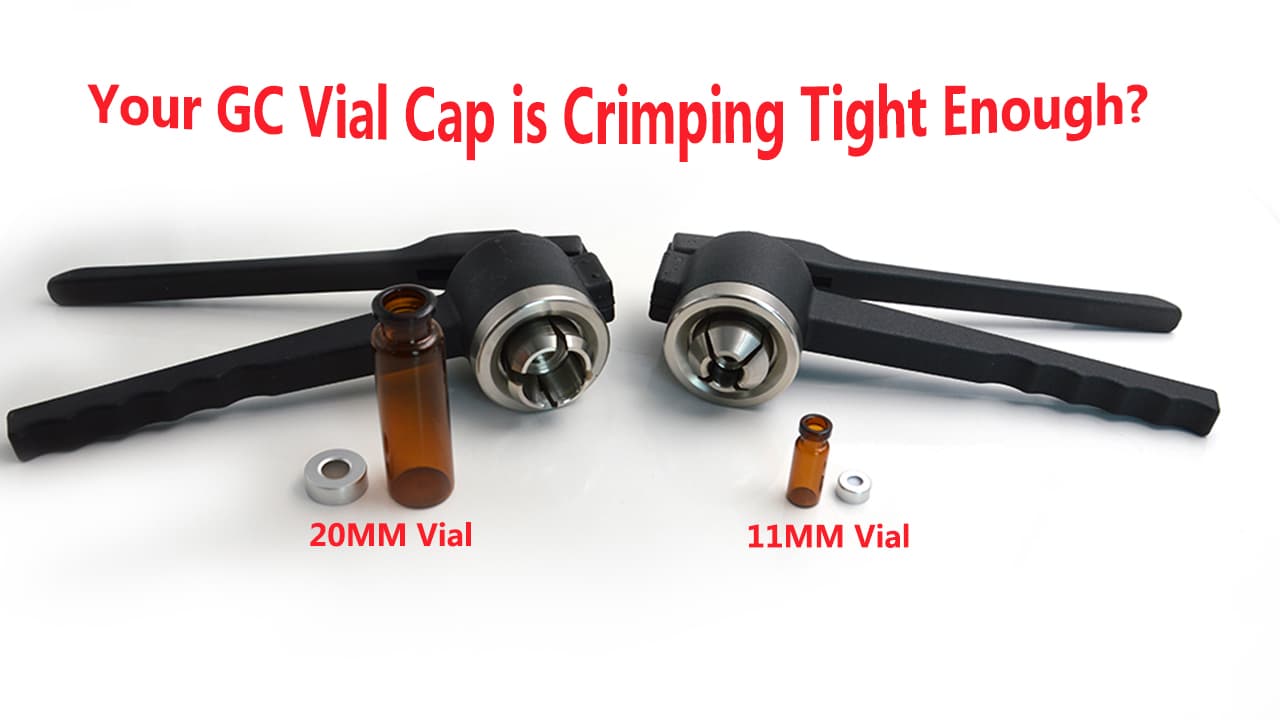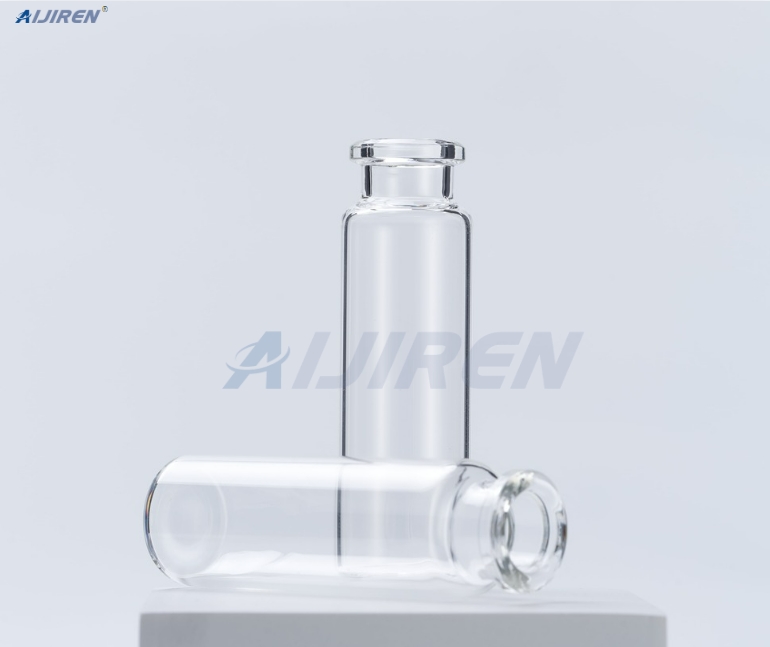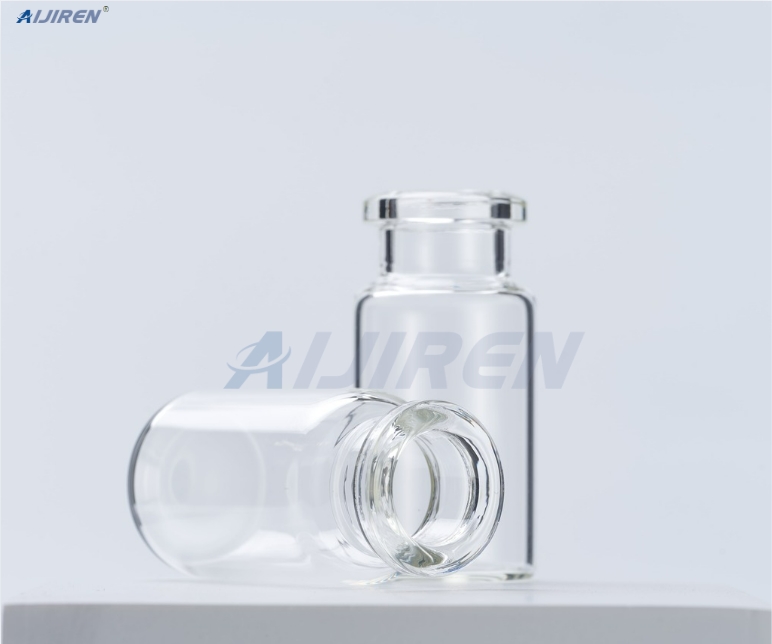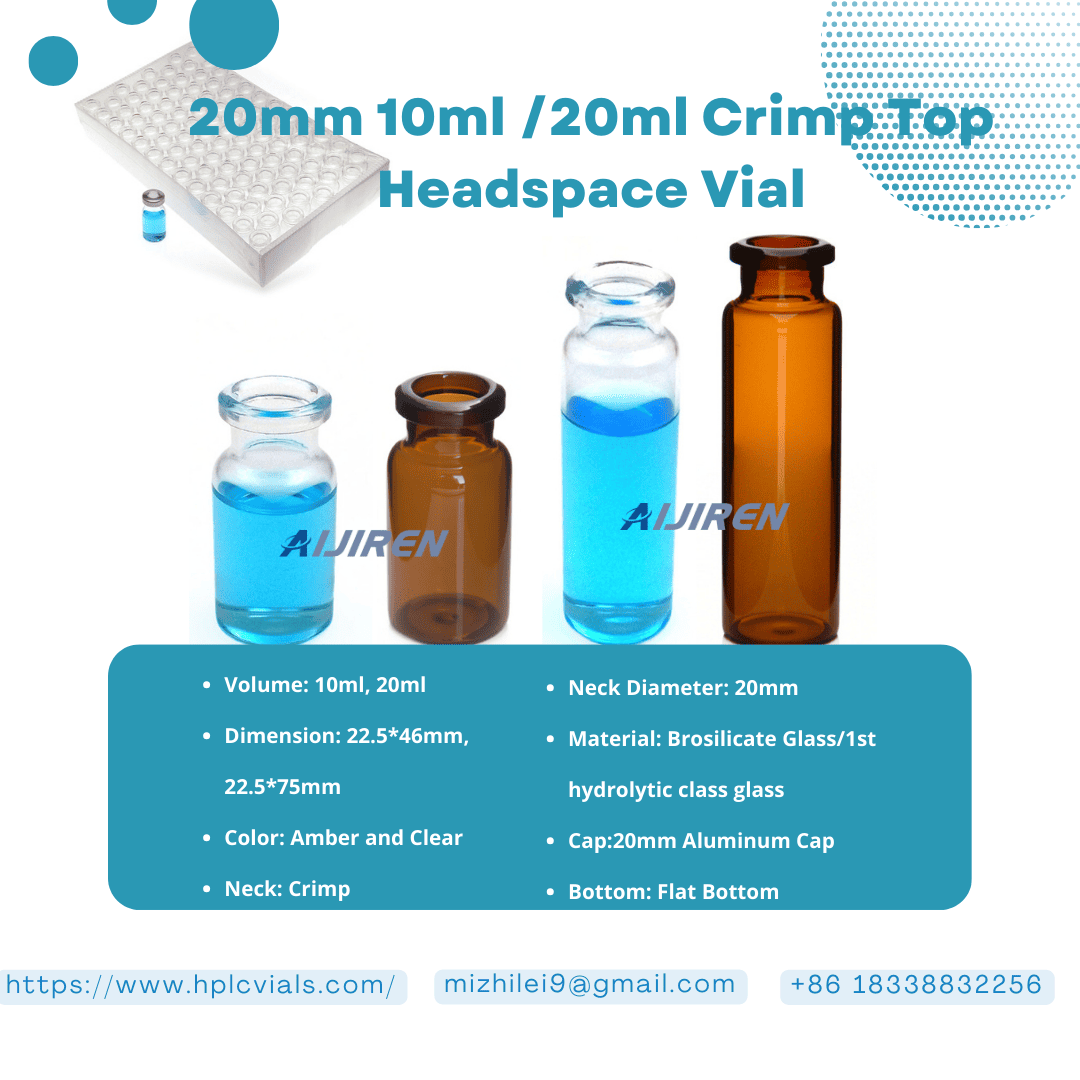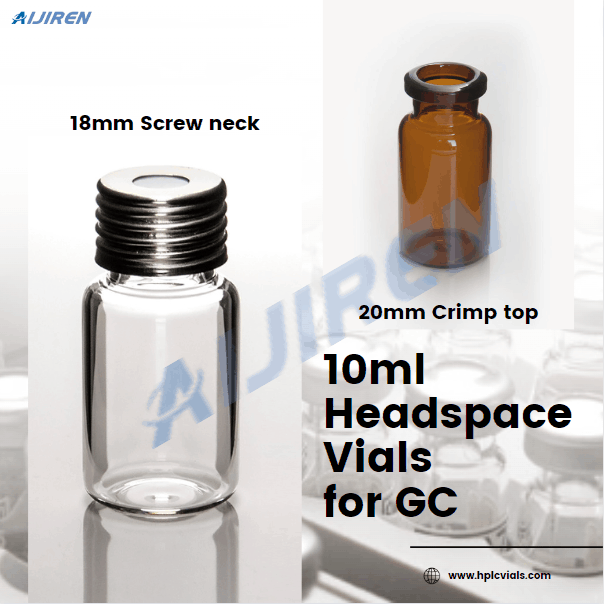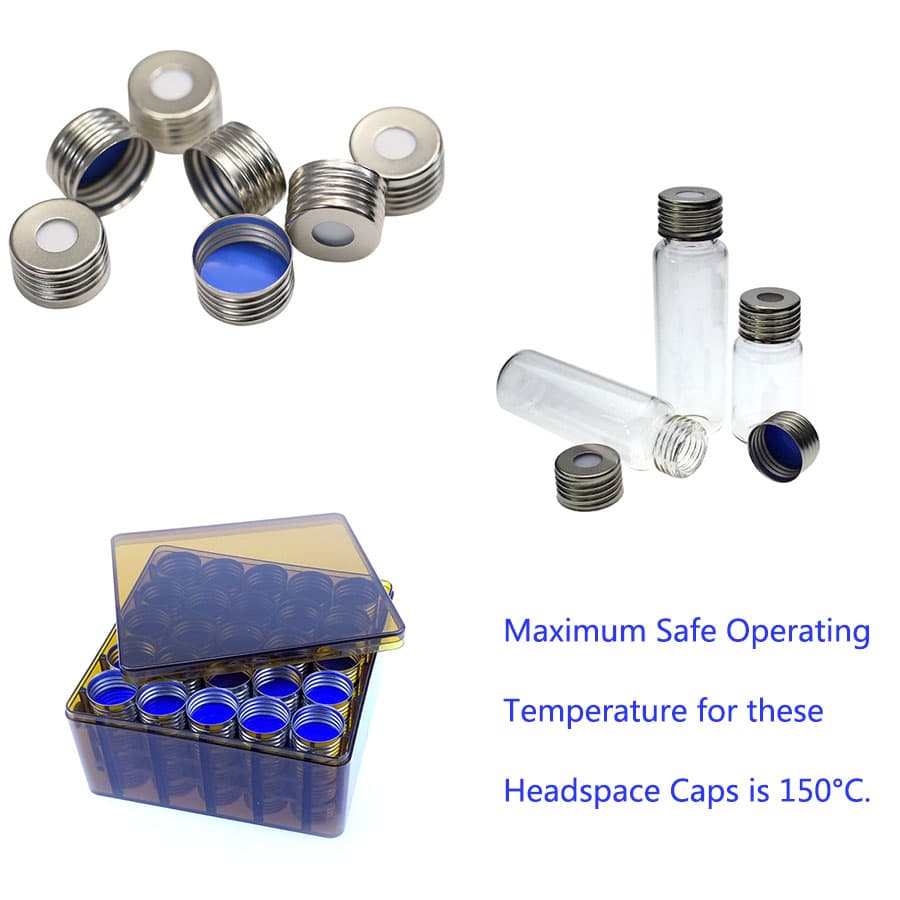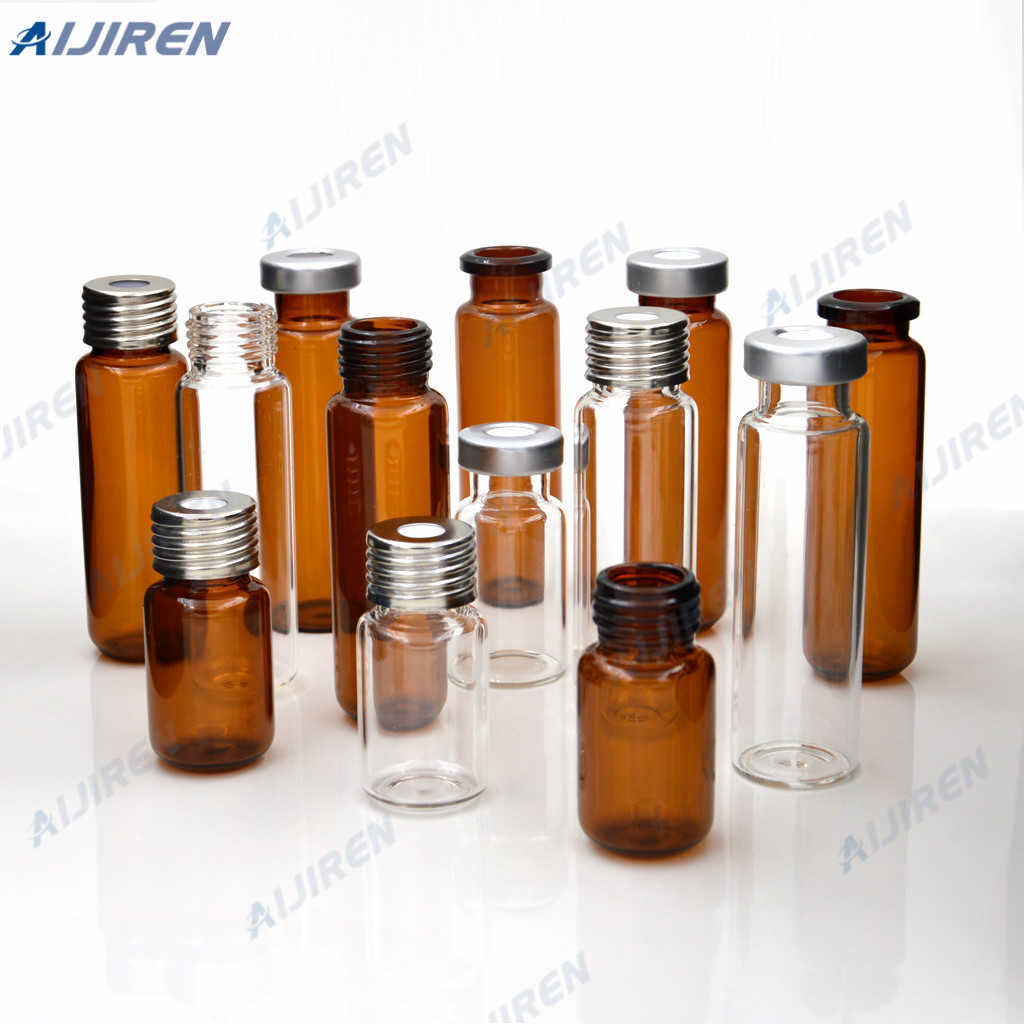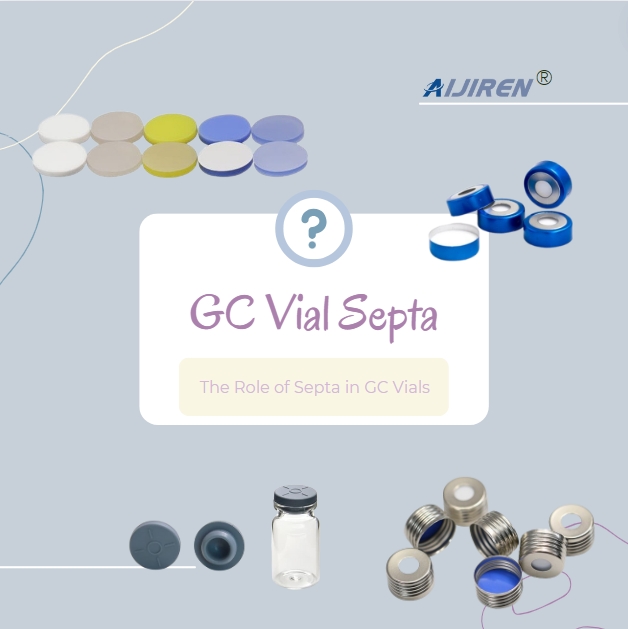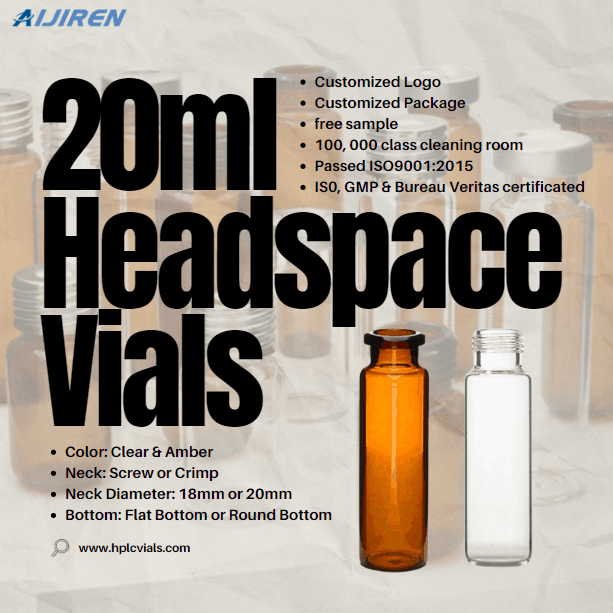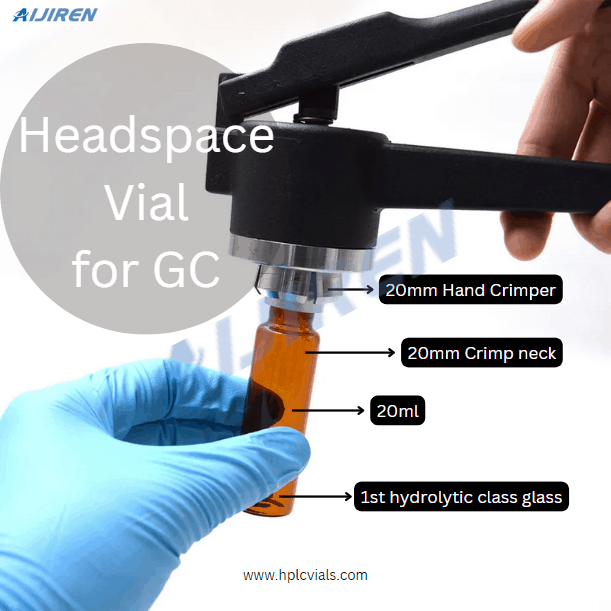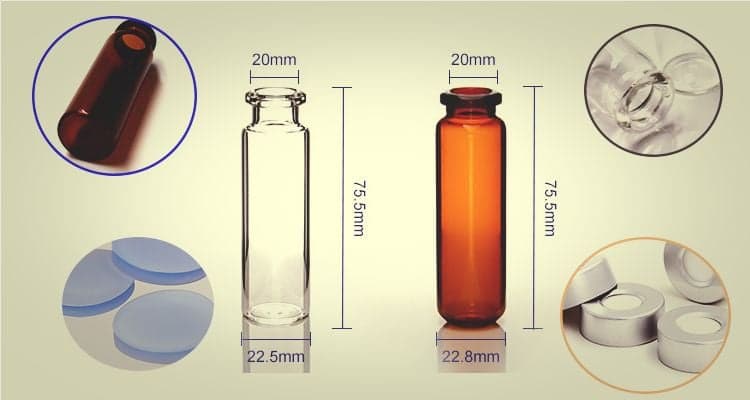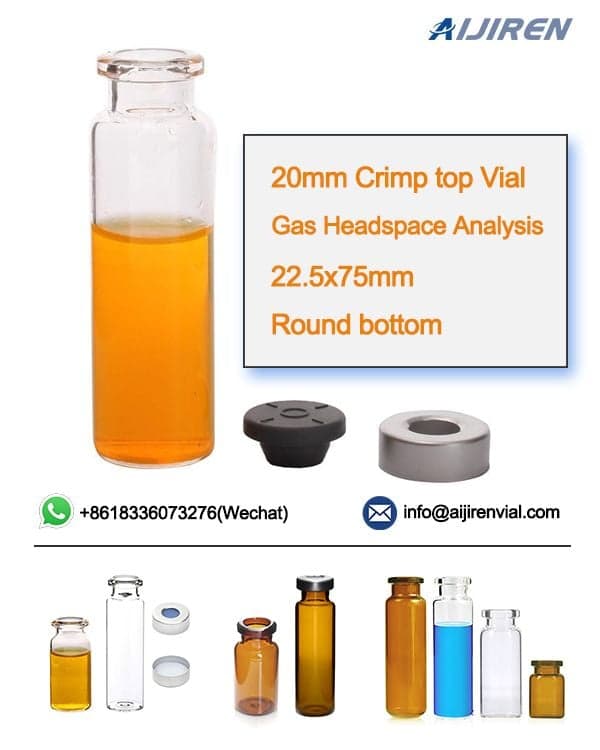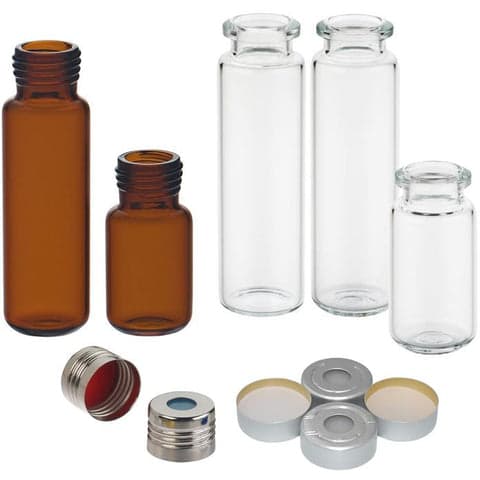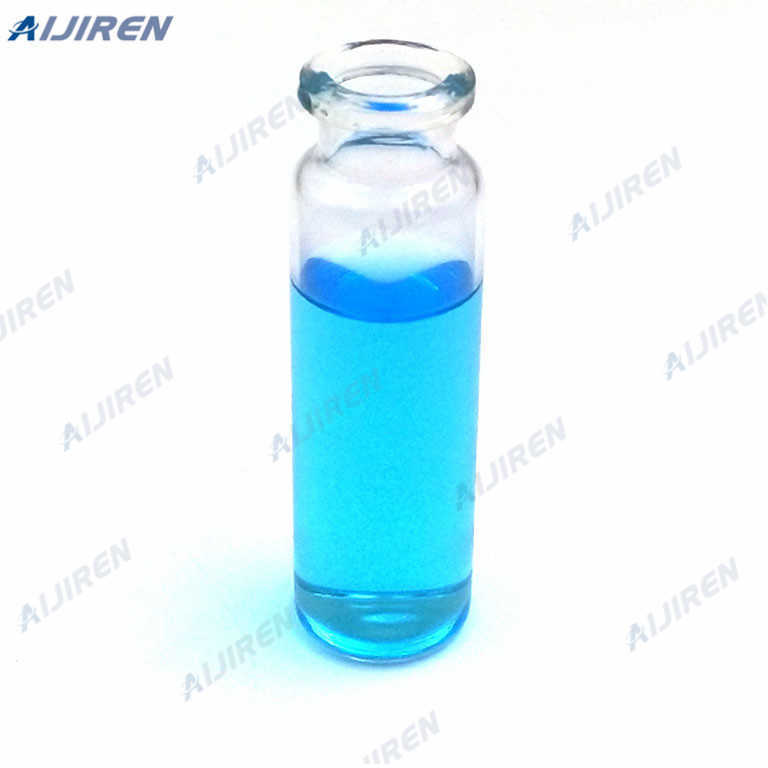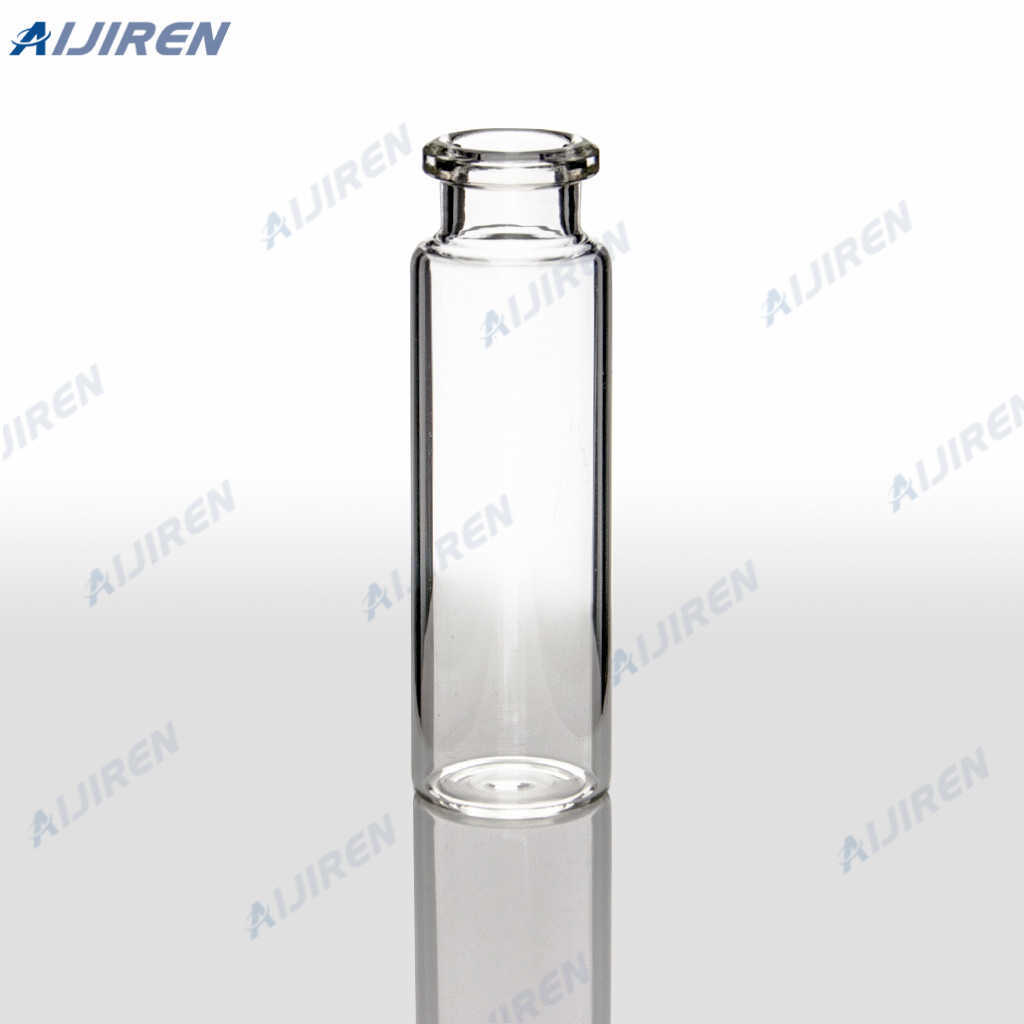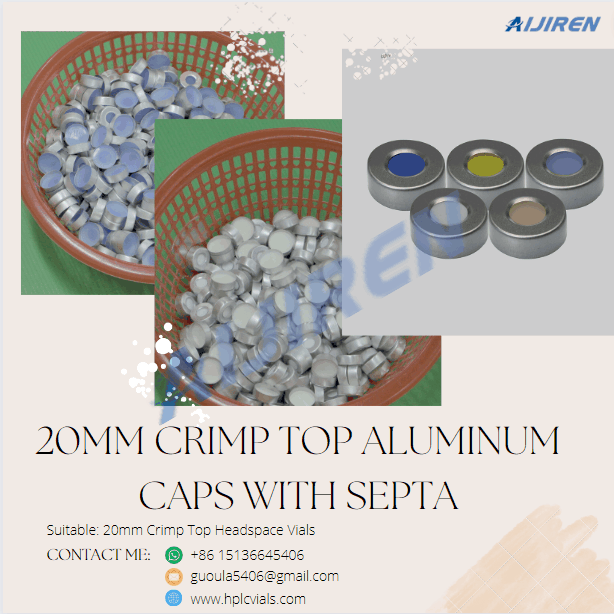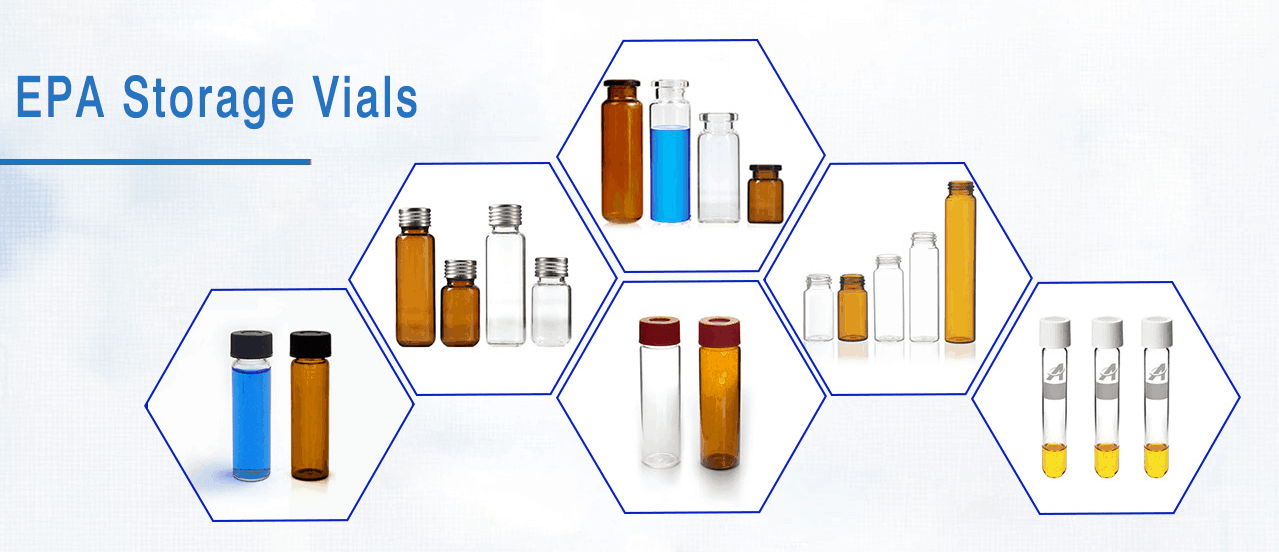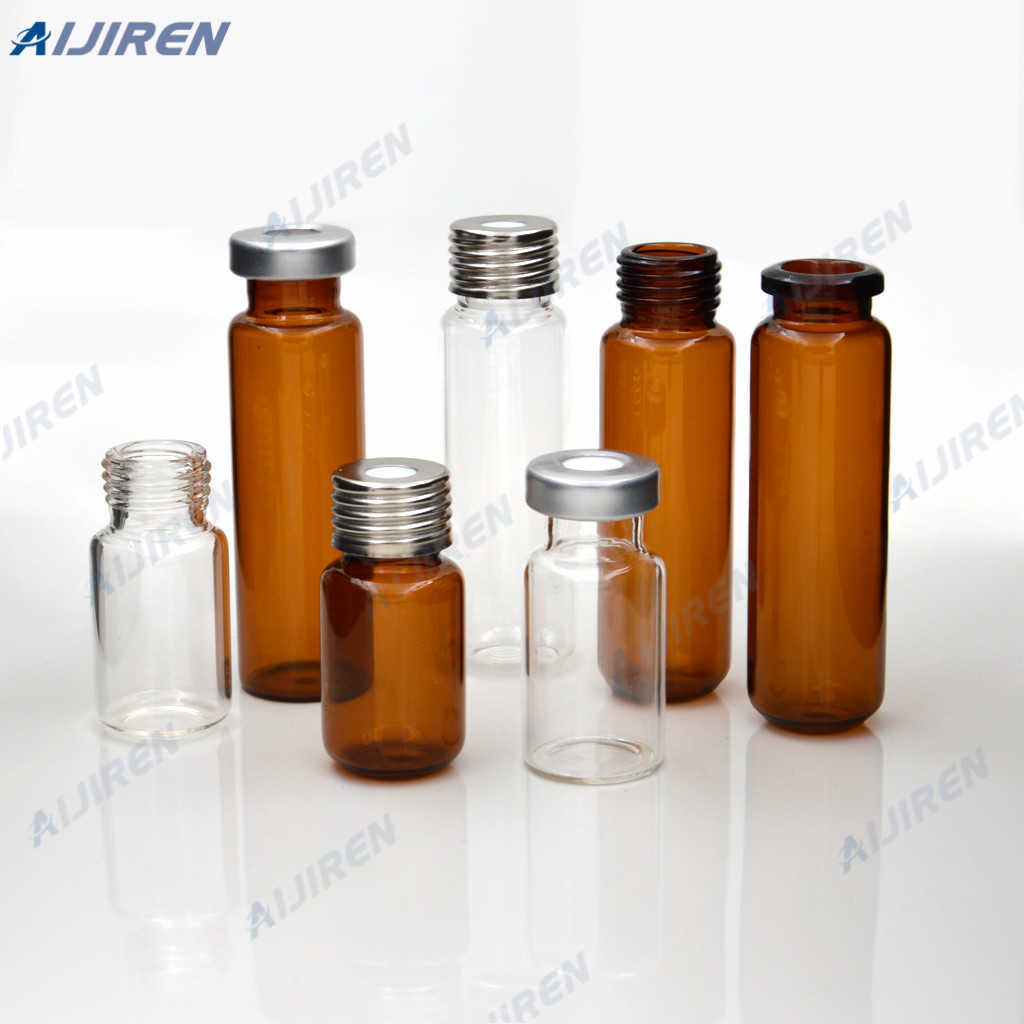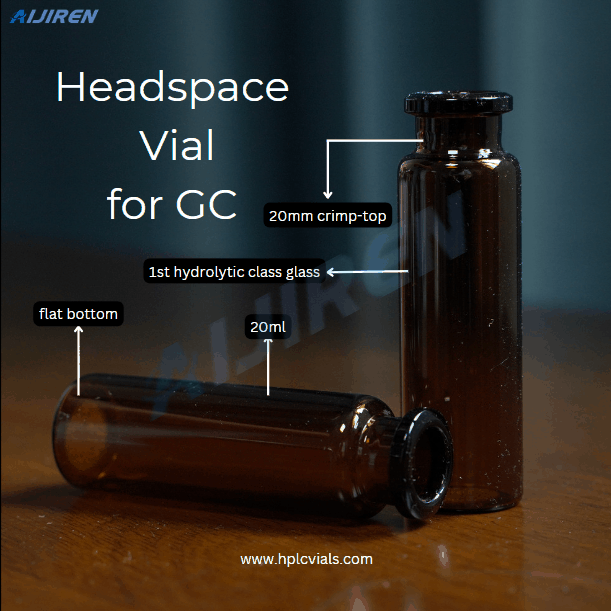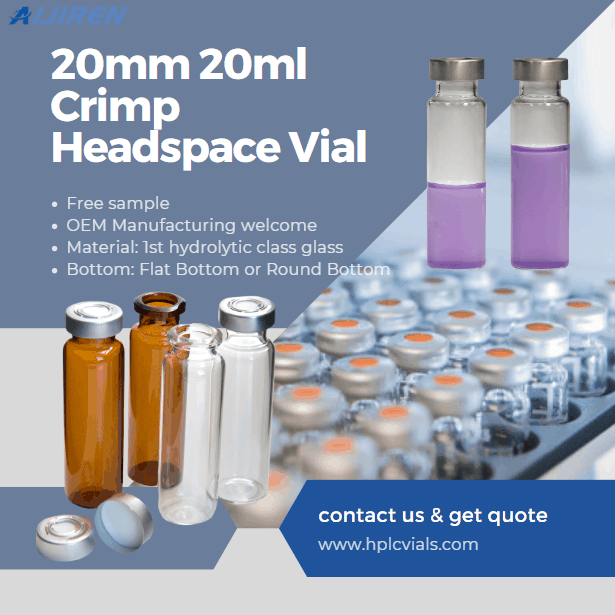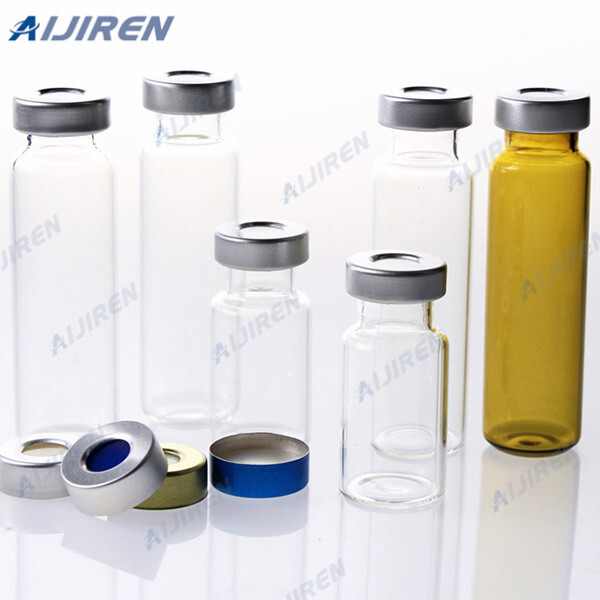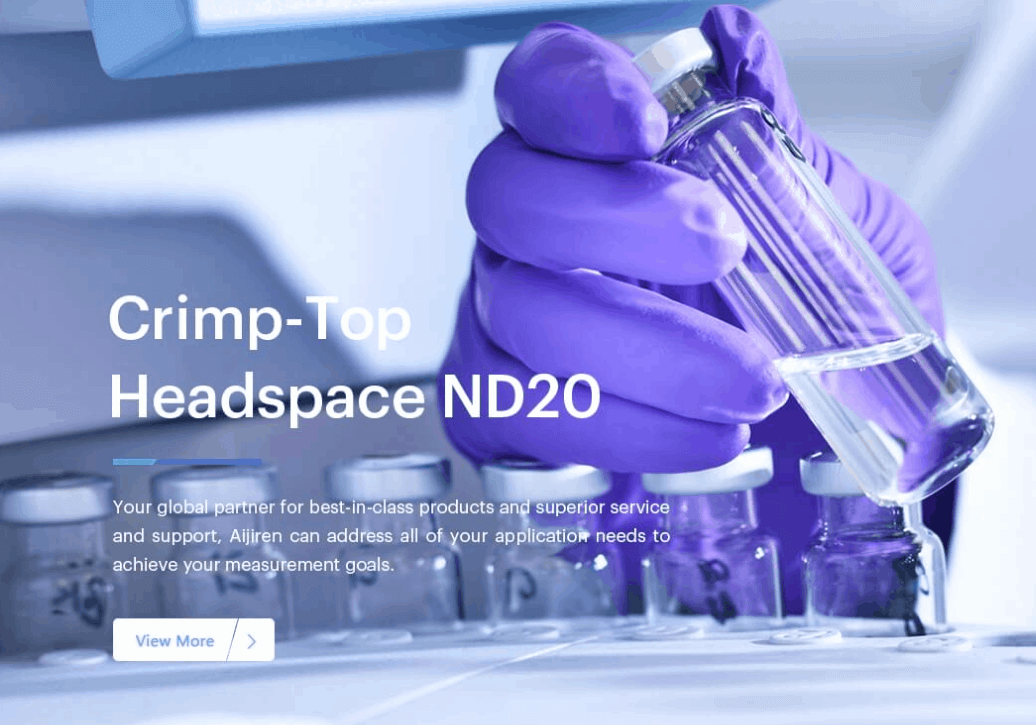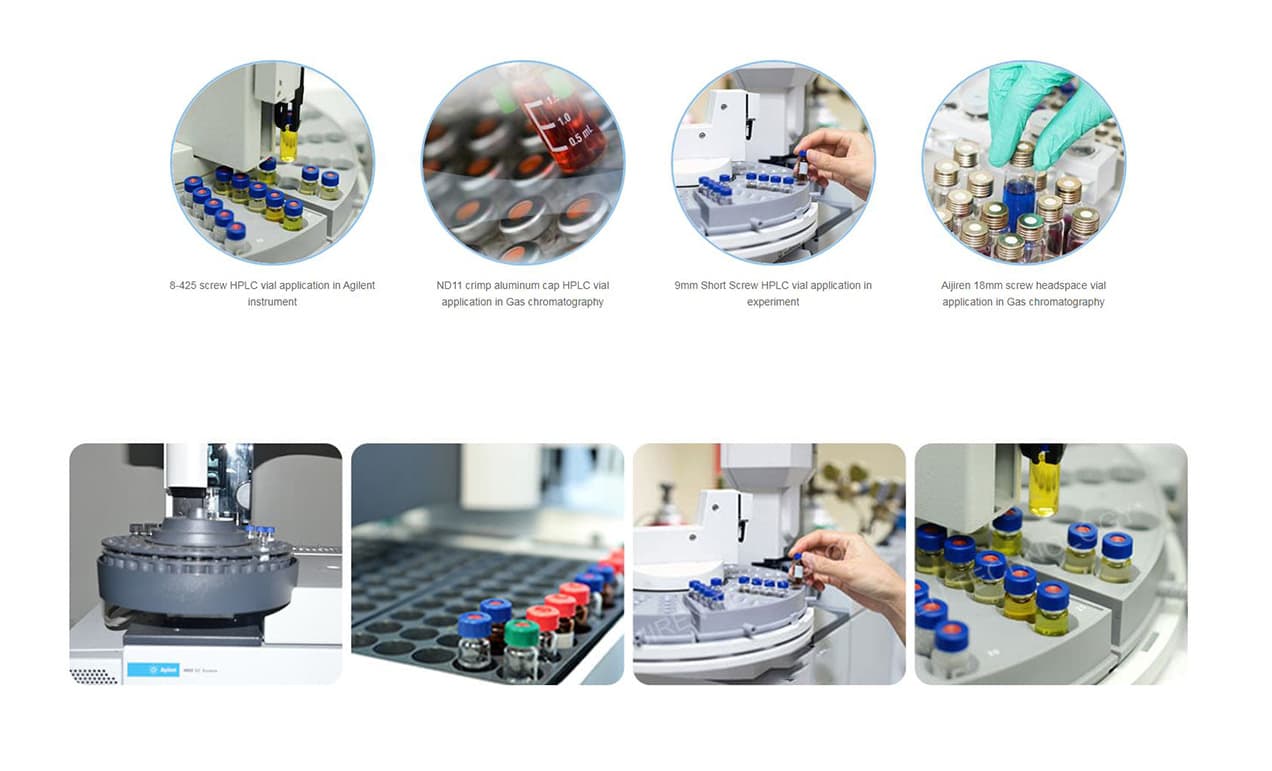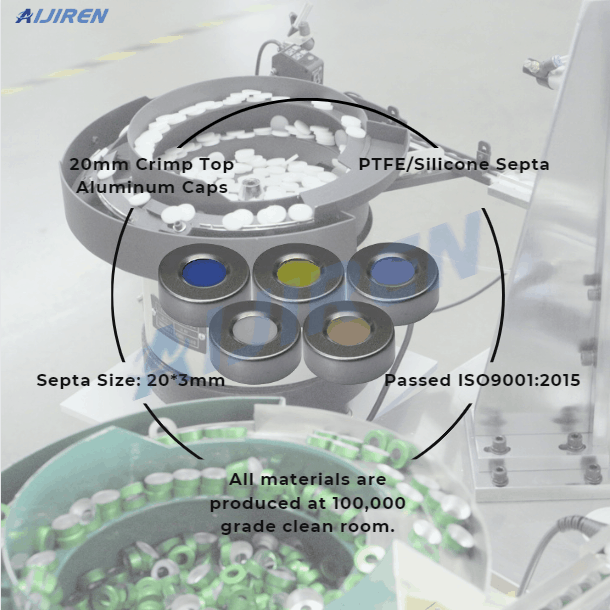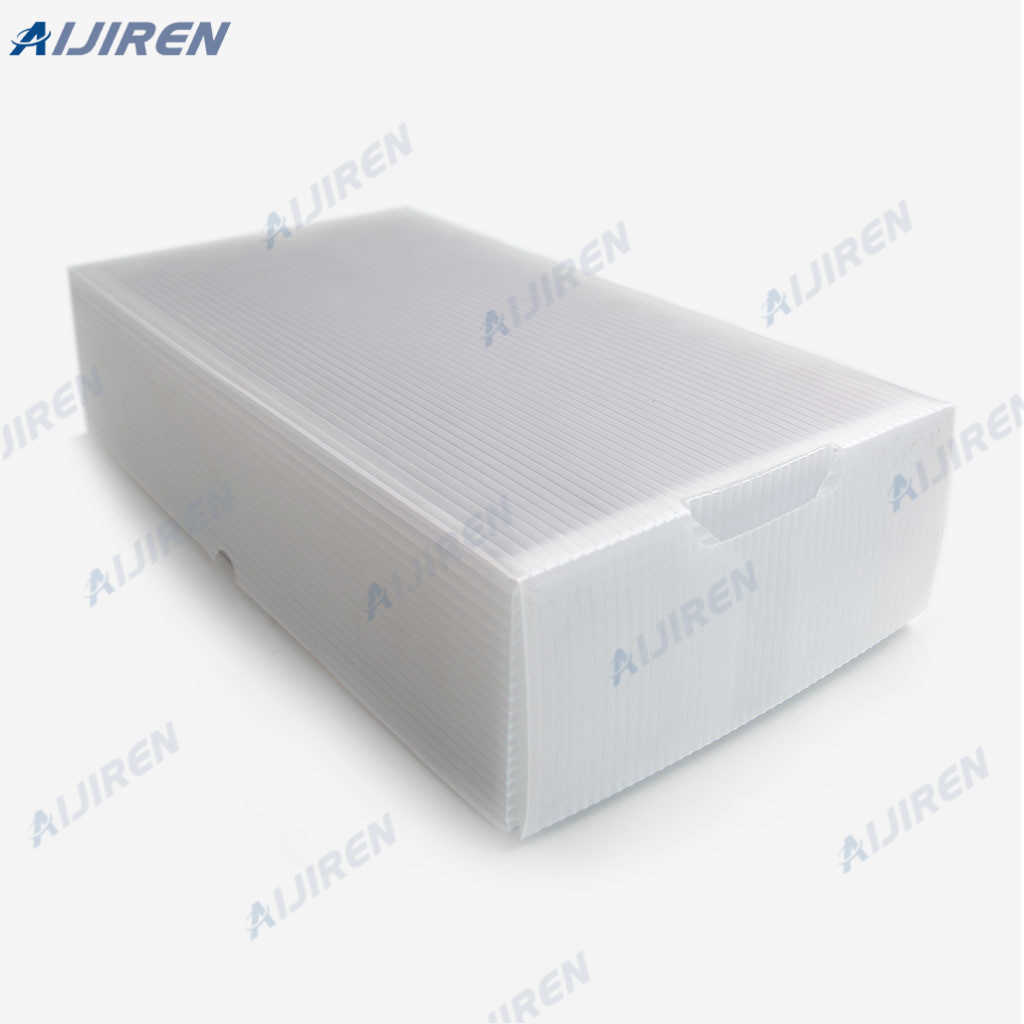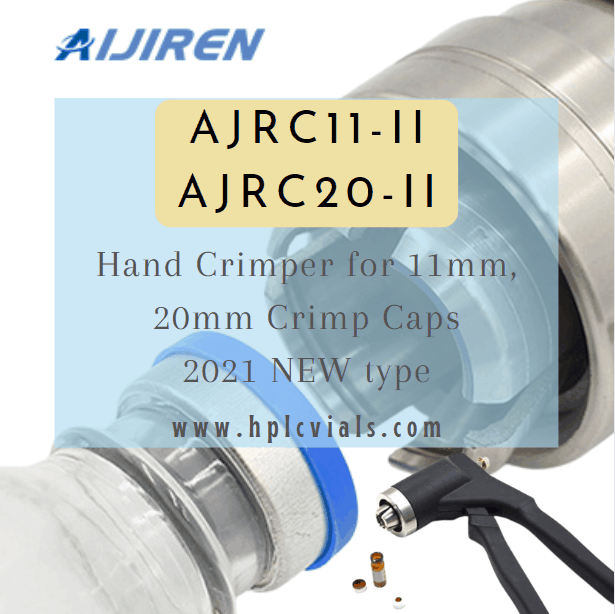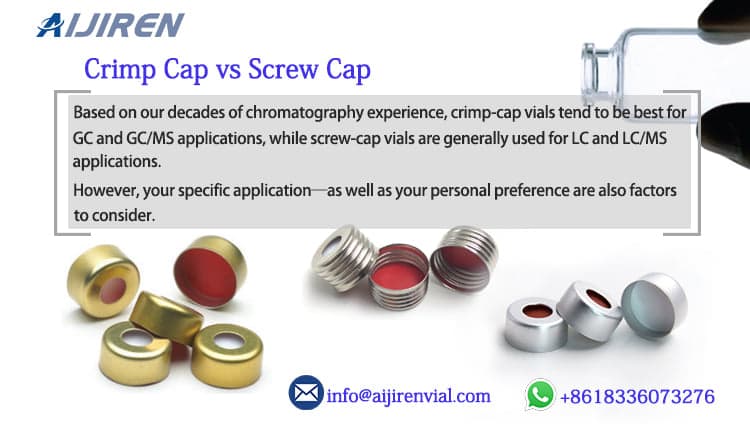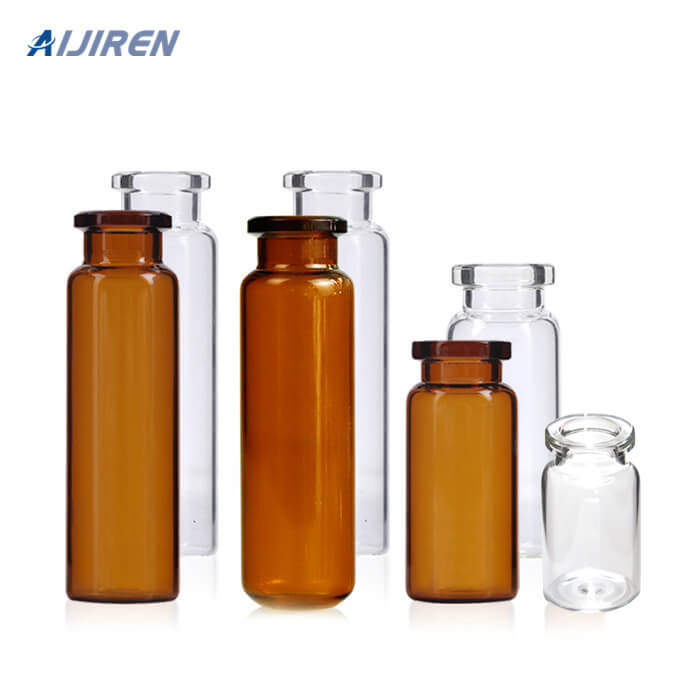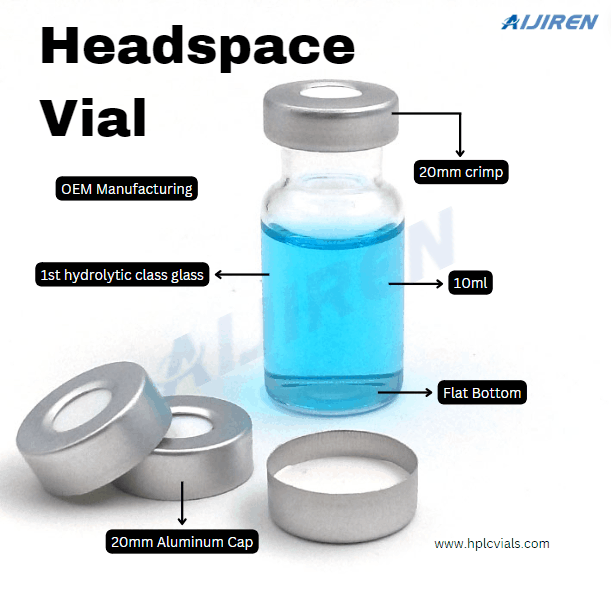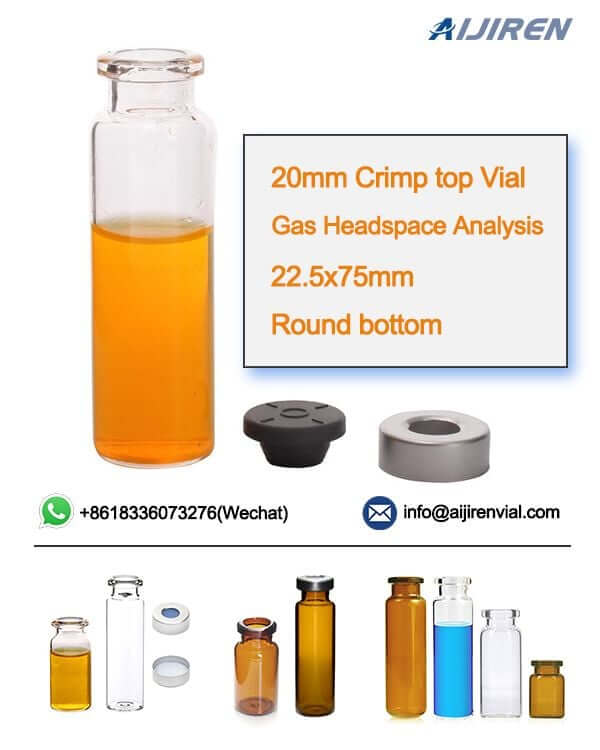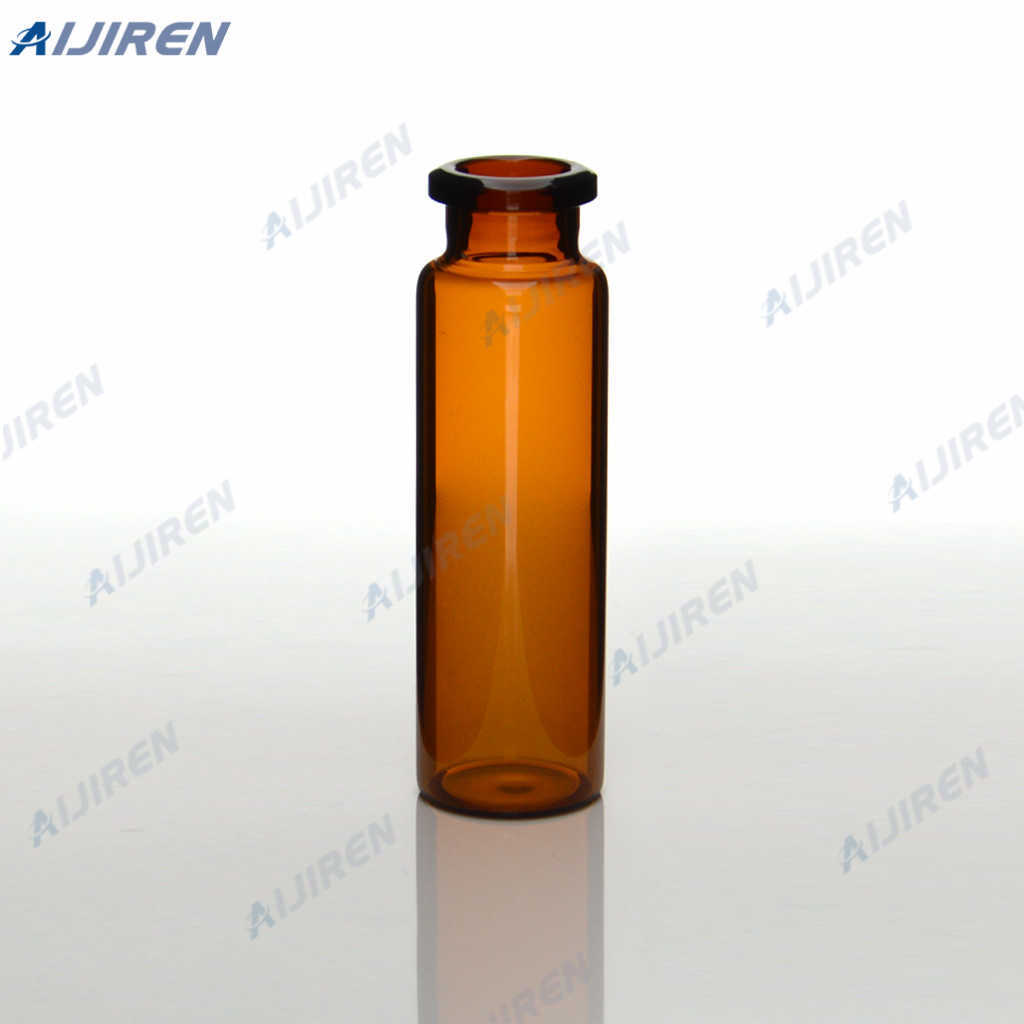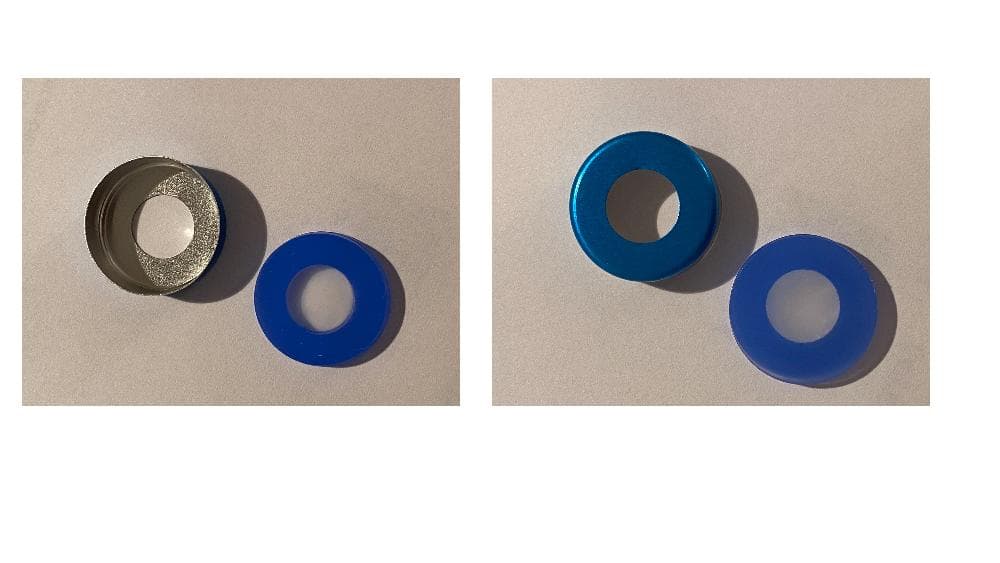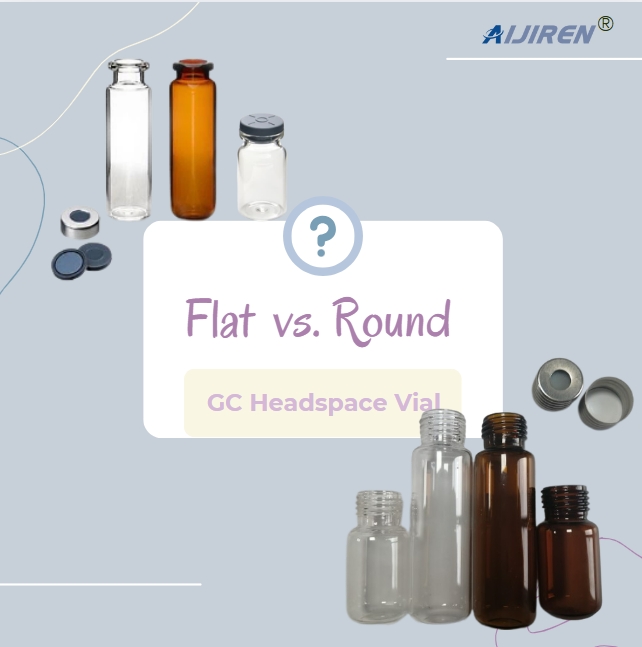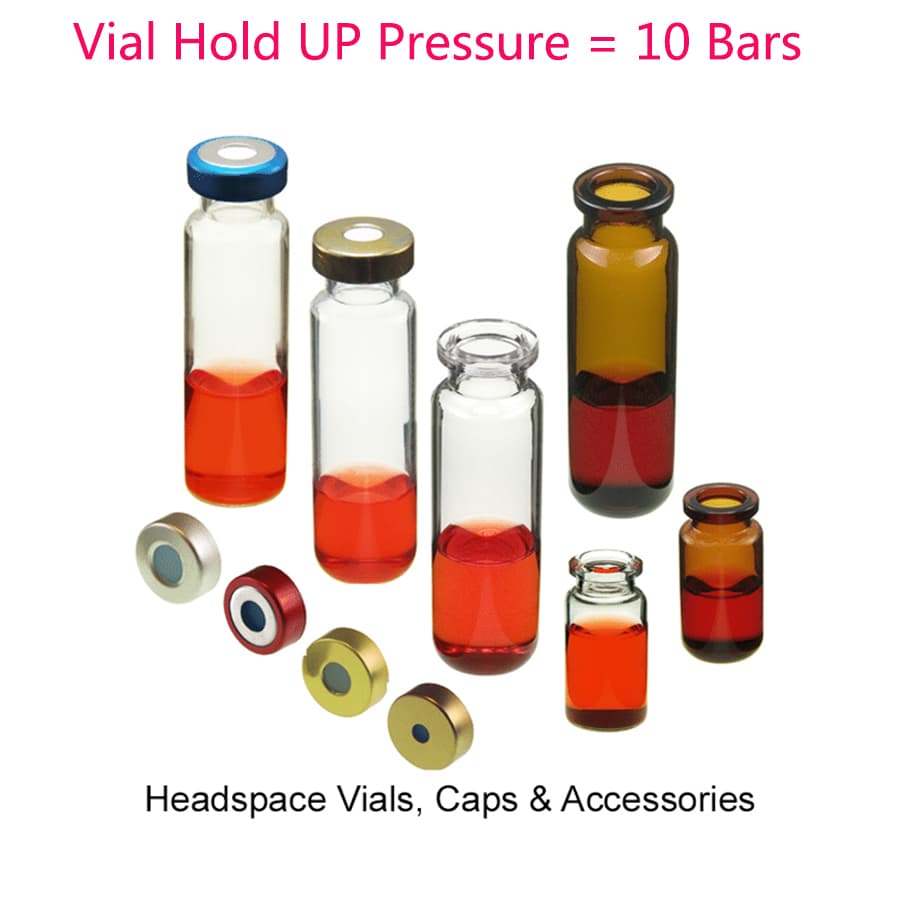Headspace Gas Chromatography Sample Preparation
Proper sample preparation is essential to obtaining accurate and reproducible results in headspace gas chromatography analysis. The following steps outline the basic considerations for preparing samples for headspace analysis.
1. Select the Right Sample Vial
Selecting the right sample vial is essential for successful headspace sampling. Common vial sizes include 6mL, 10mL, and 20mL, with 20mL vials being the most commonly used. Key factors to consider when selecting vials include:
Material: Vials are typically made of glass or plastic. Glass vials are better suited for volatile samples due to their inertness and lower potential for contaminant leaching.
Sealing mechanism: Vials can be sealed with either crimp or screw caps. Crimp vials provide an airtight seal, which is critical to maintaining the integrity of the headspace.
Septum quality: The septa used to seal the vials can introduce contaminants if they are of poor quality. Look for septa designed specifically for headspace applications, as they are less likely to leach into the headspace.
2. Sample volume and dilution
The volume of sample in the vial is critical to achieving the optimal headspace concentration. Generally speaking, the sample volume should be around 1/3 to 1/2 of the total volume of the vial to provide adequate headspace for the gas phase.
Dilution: If the sample concentration is too high, it can result in saturated headspace, leading to inaccurate quantitation. Diluting the sample with an appropriate solvent can help achieve the desired concentration of volatile analytes.
3. Temperature Control
Temperature plays a critical role in headspace sampling as it affects the volatility of the analytes and their partitioning into the gas phase.
Equilibration Temperature: The sample vials should be heated to a controlled temperature to promote the release of volatile compounds into the headspace. The optimal temperature depends on the specific analytes being analyzed and should be determined during method development.
Equilibration Time: Allow sufficient time for the sample to reach equilibrium. This can vary depending on the sample matrix and the volatility of the compounds. Typical equilibration times range from 30 minutes to several hours.
4. Minimize Contamination
Contamination can severely affect the accuracy of headspace gas chromatography. To minimize the risk of contamination, do the following:
Use pre-cleaned vials: Always use pre-cleaned vials to avoid the introduction of contaminants during packaging or handling.
Method Blanks: Run method blanks to identify potential sources of contamination. This involves analyzing a blank sample using the same preparation and analytical procedures to ensure that no unwanted peaks appear in the chromatogram.
Controlled Environmental Conditions: Perform sample preparation in a clean environment to minimize exposure to airborne contaminants.
5. Choose the Right Headspace Technique
As mentioned earlier, headspace sampling can be either static or dynamic. The choice of technique depends on the specific application and the nature of the sample.
Static Headspace: This method is suitable for most applications and is widely used to analyze volatile compounds in liquids and solids. It allows the analytes to naturally partition into the headspace without the introduction of additional gas.
Dynamic Headspace: This technique is better suited for samples that require a continuous purge to capture volatile compounds. It is often used in applications such as environmental testing and food analysis where samples may contain low concentrations of analytes.


